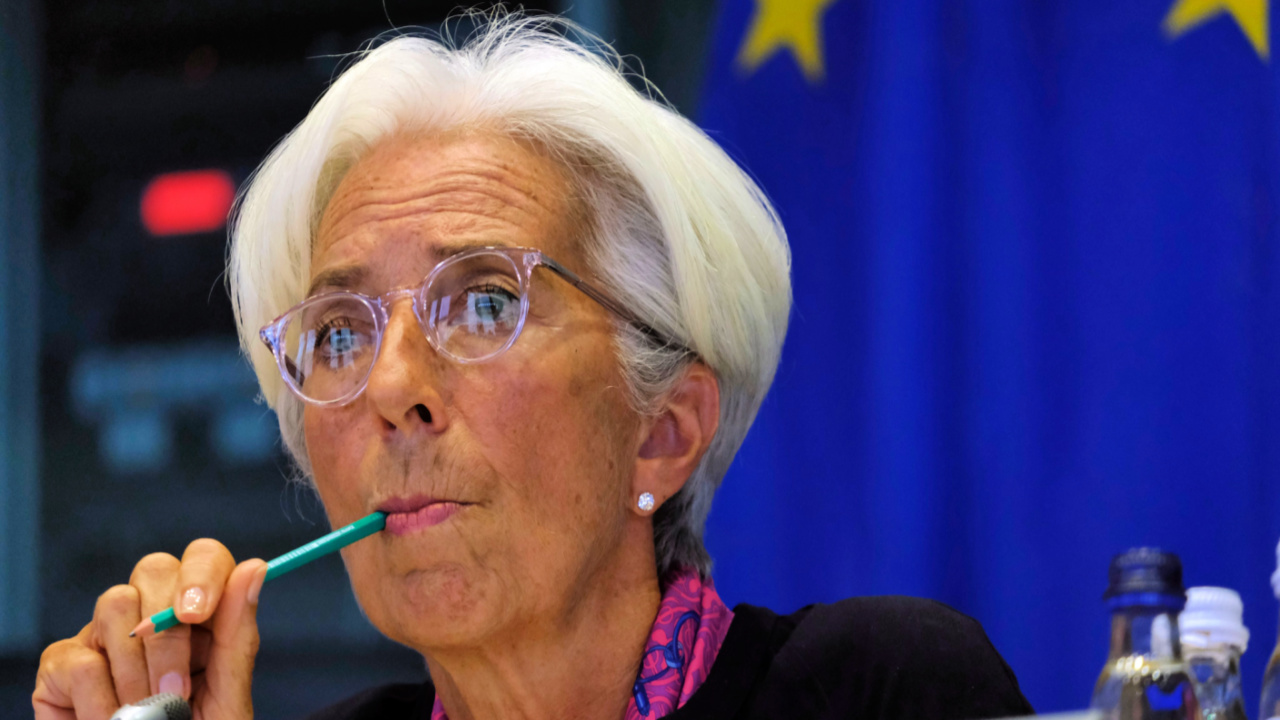
Unbacked cryptocurrencies are not an efficient means of payment and stablecoins are vulnerable to runs, top officials at the European Central Bank have pointed out in a new article making the case for a digital euro. The executives have marked key objectives for the project which should provide Europeans with “easy access to central bank money” in the digital era.
Trend Toward Digital Money Creates Risks, Senior ECB Officials Warn
Maintaining access to central bank money is crucial for financial stability when payments are becoming increasingly digital. The digital euro can achieve that, according to the President of the European Central Bank (ECB) Christine Lagarde and Fabio Panetta, member of its executive board.
The high-ranking representatives of the eurozone’s monetary authority have thrown their support behind Europe’s central bank digital currency (CBDC) in a piece published this week in the bank’s blog, in which they note that the “successful model for payments” that lasted many decades is now challenged.
The stability in the current model rests on private money being backed by public money which serves as an anchor. “But payments are now undergoing a potentially disruptive transformation. People are increasingly paying digitally instead of with cash,” a trend towards convenience and opportunities, which also brings some risks, the co-authors elaborate.
With decreasing use of cash, public money could ultimately lose its role as the monetary anchor in Europe, and the euro — trust and international importance. A digital payments ecosystem without a strong monetary anchor would create confusion about what qualifies as money, Lagarde and Panetta say, and provide an example with cryptocurrencies:
They cannot guarantee one-to-one convertibility with central bank money. They are not an efficient means of payment, especially if their value is not



